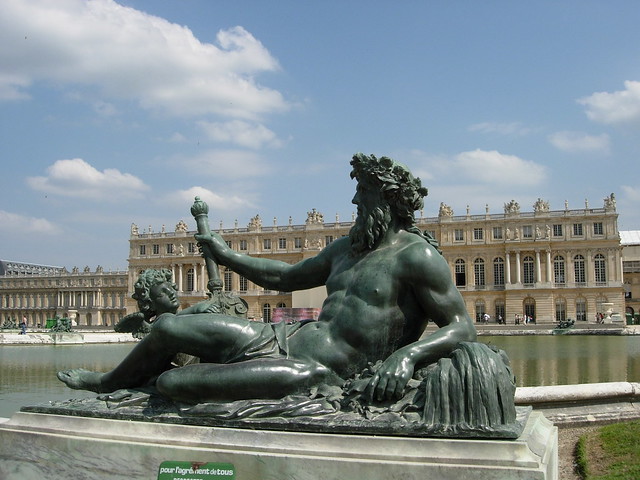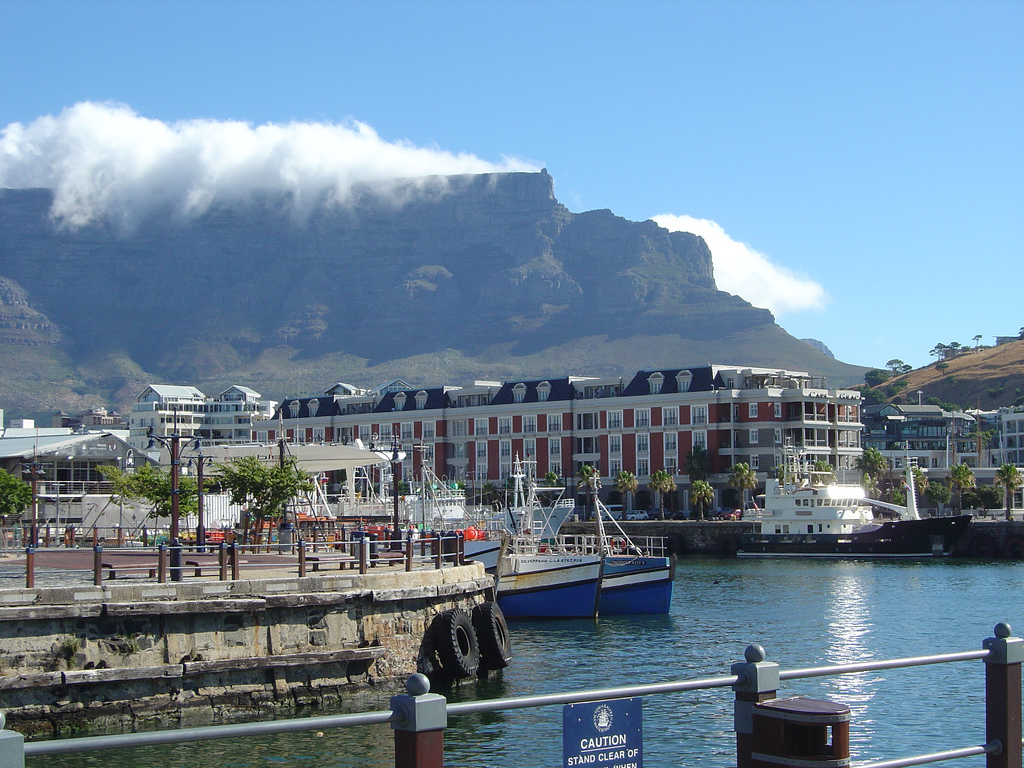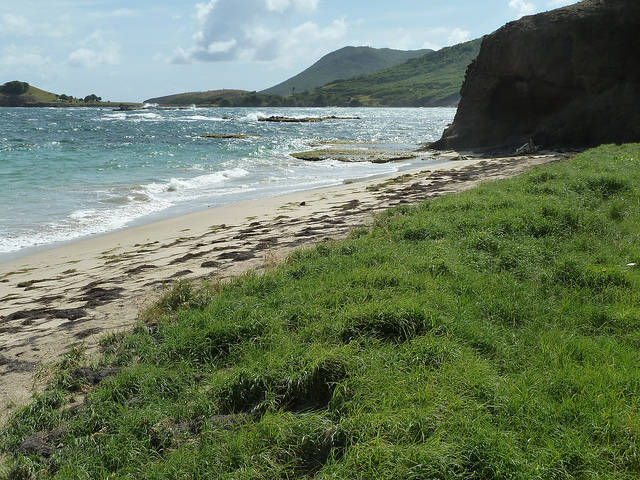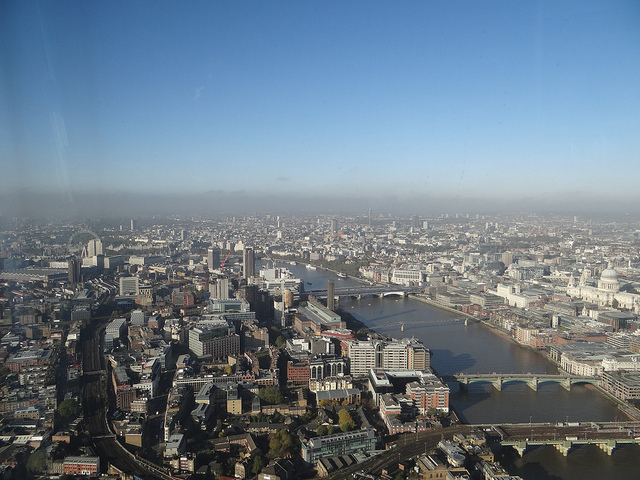Things to do in Paris France. My ultimate travel guide for visitors
 Paris France Eiffel Tower |
This article contains my ultimate travel tips on things to do in Paris France, including the best hotel, tours and attractions. These are based on the 4 years I worked in Paris.
Paris itself is a magical city. Mention of its name immediately evokes an image of style, sophistication and, of course, glamour. Without a shadow of a doubt, this is one beautiful city, whatever the season. The broad boulevards and the clever layout of the city means you can see the famous landmarks from a long way away through very careful town planning over the centuries.
In reality it is expensive to visit, traffic is terrible, the locals can be offhand and unfriendly, and in summer it is hectic and packed with visitors. But the beauty and history of the place cancels all of that out for almost everyone, and you have to visit this city – at least once. Though most will have to come back, such is the effect it has on people.
The tips and advice in here are based on the fact that I worked part time out of Paris for 4 and a half years, as my job had me based between London and this city. But I have had a long and varied experience of the city, from camping as a student, way back in the summer of 1980 through to attending some very glamorous meetings at one of the most ridiculously expensive hotels, to working and also as a tourist popping over from London for a weekend break.
History
Paris was occupied by the Nazis during the Second World War, and so the buildings and historical architecture escaped the hammering, and destruction, that so many other European cities on either side of the war went through.
Paris has had turbulent history, and has been occupied many times of the years, including by the Romans, the Huns, the Normans, the English and the Germans. In World War I, the Germans were stopped from reaching Paris, but it was occupied Paris in World War II from 1940 to 1944, and this was a very controversial time in Parisian history.
A big part of the charm of Paris is the beauty of the city itself. As mentioned the lack of bombing in the war helped, but also it had been traditional for the Presidents of France embark on grand projects for the city. Francios Mitterrand, for example, spent a lot of time when he was president building arches and renovating the Louvre as part of the Bicentennial of the French Revolution in 1989. The controversial, but striking, glass pyramid at the Louvre was added, as was The Grand Arche of La Defense, and the Opera Bastille.
In 1992, Disneyland Paris opened with its 5000 acres, and although it struggled financially is a pretty good place to visit. I’m not going to cover it, or the more French‑based theme parks, because I’m focusing on if you have limited time in Paris and will have a separate review of it.
I will focus on the key things to see as a first time visitor, and if you have limited time to see the best and right things.
#1: Do a City Tour
- Open Deck Bus tour: Whenever I go to a city, one of the things I recommend if you have limited time is always to go on one of those open‑top bus tours. It sounds very touristy and for those without a sense of adventure, but it gives a great snapshot of a city, the layout and helps you decide where you want to focus.They have a great one in Paris, called the Paris L’Open Tour that includes one with over 50 stops, offering one‑ or two‑day tickets. It’s relatively expensive, as much of Paris is, but worth it. They have a very good commentary in a choice of many languages. You can review routes and book online at http://www.parislopentour.com/
- Bike tour: If you’re feeling very energetic, this option is also good. The best is Fat Tire Bike Tours who have guided bike tours in English. They run up until only about the middle of December. You meet at the Eiffel Tower‑there’s a special yellow sign. The website for that is http://fattirebiketours.com/paris
- Walking Tours: If you’re really feeling energetic, there are also walking tours. The best one of those are rub by http://www.paris-walks.com. They have English tours around the different neighborhoods, or by themes, like, of course, inevitably The Da Vinci Code theme.
- River tour: Boats run up and down the Seine River which runs through Paris, some of which have meals. Personally I am not a fan of these and don’t recommend this option as lacks the flexibility of the other tours – and you don’t get to see (of course) anything other than what you can from the river!
- Virtual Tour: If you’re really feeling lazy and very tight on time, but you want to get a sense of the city, you can so the Explore Paris. They bill this as “Three ways to experience the City of Paris. The Paris story spins through 2,000 years of Paris history, in a 50‑minute panoramic film, using the city’s architecture, art, historical photographs, and contemporary, and archival, films, to illustrate the story, along with wonderful music. A great way to begin your discovery of Paris, shown 365 days a year, from 9am to 7pm, in twelve languages.”Before the film, you can either visit Paris Miniature, which is a scale model of the city, or Paris Experience, which is a series of five short films, which explore the city following different themes. More at http://www.paris-story.com/
#2: Eiffel Tower
- Probably the most famous of things to do in Paris, and the one thing you need to at least see and visit if on a tight schedule.
- The Eiffel Tower was built in 1899 for an exhibition called the Universal Exhibition, which celebrated a centennial of the French Revolution. The contractor was Gustave Eiffel who was a master at metal construction, and had been involved in varying projects including bridges and even the Statue of Liberty.
- It took two years, two months, and five days to build. It has over 18,000 individual parts, and was almost like a Meccano set in terms of putting it together. It is unique, although there is a half sized replica of it in LasVegas.
- The wind causes the tower to sway 67 centimeters at the top, and when it’s hot the movement increases. You don’t really feel it though. It went through large renovations from 1980 to 1985 to strengthen it up, and it now also has striking light effects that run at night.
- The Eiffel Tower gets about six million visitors a year. It is very popular and it can take many hours of standing in lines to get up it, especially in Summer and so it is best to either get there before it opens, or go later in the evening. In summer it opens very late.
- You can either climb the stairs to the 2nd level (about 150 metres high) or take elevators up but to get to the top, which is 276 meters high, you have to take an elevator up.
- There are 2 restaurants, both are expensive: “Altitude 95” which is on the first floor and so called as it is 95 meters above sea level. It looks out over the Seine and the Trocadero and inside of the tower on the other. It’s supposed to be capturing the sense of being an airship above Paris. And it’s quite big. It seats about 200 people. Then there’s the very up market, Jules Verne Restaurant, which is on the second floor, with its own private elevator. It’s one of the top restaurants in France.
- On the ground floor, there is an exhibition of original elevator machinery. On the first floor exhibits and displays and a bit of shopping, on the second floor you get great photographs. But the view from the top is really just amazing.
#3: The Louvre
- After the Eiffel Tower, the Louvre is probably the next major landmark anyone visiting Paris needs to visit. The Louvre has dominated central Paris since the late 12th century, and had been a Royal residence and expanded and developed over many years by a series of the Kings (from Louise V right through to Louis 14th).
- However, when the famous Versailles Palace was built, the royals lost interest in the Louvre and it fell into a period where it wasn’t being used very much.
- The French Revolution caused a major change in its role and with the end of the Monarchy in 1793, a small museum called the Museum Central de Arts Which was opened in the grand gallery. Slowly, collections were added until eventually it took over the whole building. It now has over 35,000 works of art, with 60,000 square meters of exhibition space.
- You could spend weeks exploring it all in detail, though most people focus on seeing the Mona Lisa, which is the piece of art most people come to The Louvre to see. If you have limited time in Paris, you may want to explore the outside more and visit the Mona Lisa – or forgo other activities and spend a morning, afternoon or day here!
- The Louvre had a big resurgence in popular culture and awareness with the DaVinci Code book. You can actually do walking tours based upon Dan Brown’s book that start in front of the Ritz Hotel, which is where Robert Langdon, the main character stayed.
- http://www.louvre.fr/en
 |
| Louvre – Photo by http://www.flickr.com/photos/simo0082/ |
#4: Champs Elysees promenade, and Arc D’ Triomphe
- Once you have visited the Louvre, you could take a walk (a long one admittedly!) from the bottom of the Champs D’ Elysees and explore right up to the stunning Arc D’Triomphe.
- The Champs D’ Elysees means the Elysian Fields, as originally it was just fields! In about 1660 a big tree‑lined park was established and over time more footpaths and fountains were added, that you see, then gas lighting and it developed into a long wide street. One that is now a night mare traffic wise. As you walk up the Champs Elysees you see many flagship stores for prestige brands as it has become the signature address, but the street is actually a strange mix of designer shops, car showrooms, airline offices and tacky tourist places – with a massive McDonalds even.
- At the top is the Arc D’ Triomphe that Napoleon intended as a celebration of his victories. But, it wasn’t finished until after the Battle of Waterloo which actually brought his downfall. Underneath it is the remains of an unknown soldier from World War I, which has an eternal flame burning. The arch is stunning, and covered in friezes telling the history of various battles of significance while engraved around the top of the arch are the names of major victories, from the Revolutionary and Napoleonic periods. On Armistice Day, which is the 11th of November, the President lays a wreath there and on Bastille Day they hang a massive flag down the centre.
- Official site: http://www.champselysees-paris.com/
 |
| Arc D’Triomphe – picture by http://www.flickr.com/photos/steve_longus |
#5: The Pompidou Centre.
- I also recommend a visit to the Pompidou Centre, not surprisingly built during President Georges Pompidou period in office. He wanted to create a cultural institution, as a part of his legacy, in the heart of Paris that would be focused on modern and contemporary work. This compliments the Louvre, which is more focused on pre‑1848. The Centre is charged with focusing not just on art but also theater, music, cinema and the spoken word.
- This building is a strange looking building. It was designed as the result of a competition by Renzo Piano and Richard Rogers and it opened in 1977. It was closed for quite a while in 1997 to 1999 and reopened in 2000 with more space and reception areas.
- It looks like all the innards are placed on the outside with large pipe and the air conditioning ducts.
- About six million people visit it every year. They claim to have had 150 million visitors in the last 25 years. It has an amazing collection of modern and contemporary art. Huge library. It tends to attract younger people, and has a buzz and vibrancy.
- It’s a very open, interesting place.
- http://www.centrepompidou.fr/
 |
| Pompidou Centre Paris – Photo by: http://www.flickr.com/photos/soniacurcialeiro/ |
#6: Musee d’Orsay
- The other museum/ art gallery I recommend you visit was only opened in 1986. It focuses on the period from 1848 to 1914. It is in an amazing building that from 1900 to 1939 was a railway station. In the Second World War, it was a mailing center and then used as a set for films. The government stopped it from being knocked down for development and the President finally decided to convert it into a museum. Eventually, it was opened by Francois Mitterand, in 1986.
- It’s just an amazing place and you have to go to see the building. It’s just really, quite something.
- http://www.musee-orsay.fr
#7: Ille de la Cite and Notre Dame
- The Illede la Cite is one of only 2 natural islands in Paris, and many argue that this is the heart of Parisian civilization, because it was here that the original tribe lived when Caesar conquered Paris in 52 A.D. The island has traditionally had two main roles. One of which is religious and one of which is judicial.
- Notre Dame, the most famous cathedral which was also made famous by the book “The Hunchback of Notre Dame” has its origins right back to 1163. It’s a beautiful cathedral and it’s worth going to look at. It’s very stunning and vast and impressive.
- It has gothic style architecture, and has rose windows that glow. You can climb up the west facade to see the Seine from above, and this is where the story of the Hunchback was inspired by, with all the twisted gargoyles.
- At the other end is the Palaisde Justice, which is the famous prison where many people were hauled from to be taken to the Place de la Concorde to be guillotined. Actually you can go and see Marie Antoinette’s chamber, where she was held before being taken to the guillotine.
#8: Evening Show at the Lido or the Moulin Rouge
- One of the things to do, although relatively expensive, is to go to one of the famous Parisian cabarets in the evening. My personal recommendation is at the Lido, which is on the Champs Elysees.
- It has been open since about 1945 and in a very grand, large, cabaret theatre where you all sit in tiered seating at little tables. There are different packages where you can either eat, have half a bottle of champagne, or a bottle of champagne and watch the show.
- Those of you who’ve been to Las Vegas, will know the kinds of things that they do, as Las Vegas has tried to recreate some of those shows. The Lido is quite amazing, and it’s probably one of the most famous. The other one is the Moulin Rouge, which dates back to the late 1800’s. The Moulin Rouge created the French can‑can. A lot of famous people have actually performed here: Ella Fitzgerald, Liza Minnelli, Frank Sinatra, Elton John.
#9: Versailles
- If you have time to spare, I do recommend spending a day out at Versailles. I had originally gone out to Fontainebleau, which is another Royal palace outside Paris, but nothing beats Versailles! There are many tours that go out there. Paris Vision, which is one of the best known tour companies, does a very good one out there.
- The Palace of Versailles is mind‑bogglingly glitzy. The Royal Apartments, the Hall of Mirrors, the Queen’s Bedroom, are all just amazingly opulent. In addition, you can explore the beautiful park with rowing lake and spectacular gardens.
- I would go on a guided tour because there’s so much to see, and there’s so much history, so you get the whole story.
- http://en.chateauversailles.fr
 |
| Versailles – photo by http://www.flickr.com/photos/sjungling |
#10: Hotels I have stayed at in Paris, with reviews and videos:
Hotels are expensive and process fluctuate a lot by week, so do a lot of checking what events are on in Paris when you planning your trip. Shifting by a week or a few days could halve the cost of the hotel!
- Hotel Du Louvre – fab hotel next to the Louvre
- Hotel Lutetia – art deco masterpiece. Controversial history!
- Pullman Eiffel Tower – great location
- Hotel Concorde Lafayette – massive tall building with great views
- Concorde Saint Lazare Hotel Paris – handy location
- Ambassador Hotel – Upmarket area of Paris
- Pullman Paris Rive Gauche – a bit too far out of the centre
- Renaissance Arc D’Triomphe – great location, stylish – pricey!
- L’Meridien Etolie – opposite the Concorde Lafayette
- Marriot Courtyard Neuilly-sur-Seine – not bad
- Holiday Inn Republique – good location but bit shabby
- Radisson SAS Hotel Boulogne Paris – a bit out of the way
- Hilton Arc D’Triomphe – fab art deco style hotel



